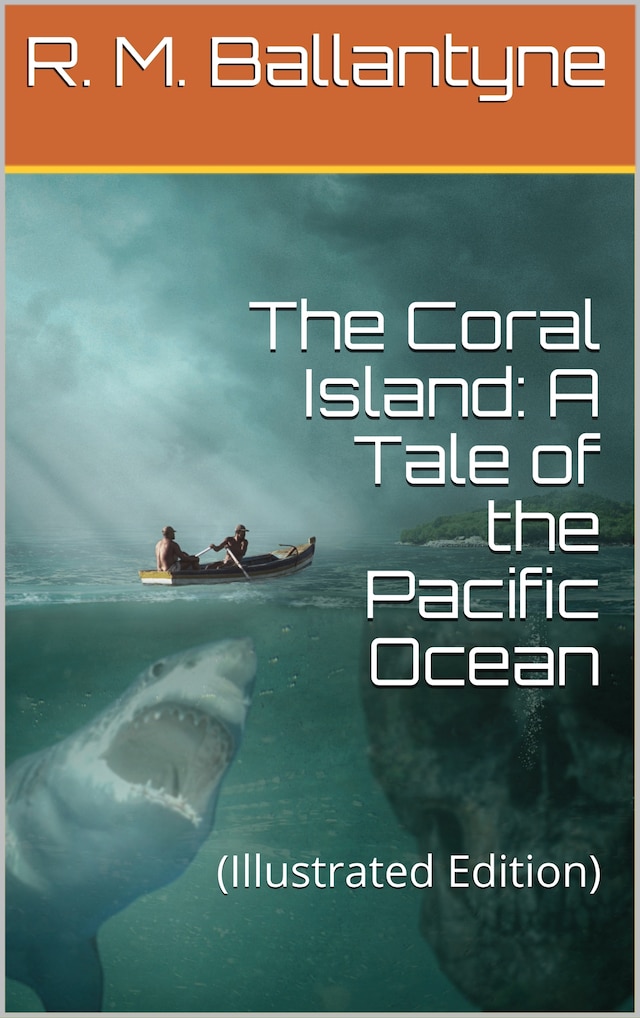
The Coral Island: A Tale of the Pacific Ocean
Buchbeschreibung
The Coral Island: A Tale of the Pacific Ocean (1858) is a novel written by Scottish author R. M. Ballantyne. One of the first works of juvenile fiction to feature exclusively juvenile heroes, the story relates the adventures of three boys marooned on a South Pacific island, the only survivors of a shipwreck.
A typical Robinsonade – a genre of fiction inspired by Daniel Defoe's Robinson Crusoe – and one of the most popular of its type, the book first went on sale in late 1857 and has never been out of print. Among the novel's major themes are the civilising effect of Christianity, 19th-century British imperialism in the South Pacific, and the importance of hierarchy and leadership. It was the inspiration for William Golding's dystopian novel Lord of the Flies (1954), which inverted the morality of The Coral Island; in Ballantyne's story the children encounter evil, but in Lord of the Flies evil is within them.
In the early 20th century, the novel was considered a classic for primary school children in the UK, and in the United States it was a staple of high-school suggested reading lists. Modern critics consider the book's worldview to be dated and imperialist, but although less popular today, The Coral Island was adapted into a four-part children's television drama broadcast by ITV in 2000.
The story is written as a first person narrative from the perspective of 15-year-old Ralph Rover, one of three boys shipwrecked on the coral reef of a large but uninhabited Polynesian island. Ralph tells the story retrospectively, looking back on his boyhood adventure: "I was a boy when I went through the wonderful adventures herein set down. With the memory of my boyish feelings strong upon me, I present my book especially to boys, in the earnest hope that they may derive valuable information, much pleasure, great profit, and unbounded amusement from its pages."
The account starts briskly; only four pages are devoted to Ralph's early life and a further fourteen to his voyage to the Pacific Ocean on board the Arrow. He and his two companions – 18-year-old Jack Martin and 13-year-old Peterkin Gay – are the sole survivors of the shipwreck. The narrative is in two parts. The first describes how the boys feed themselves, what they drink, the clothing and shelter they fashion, and how they cope with having to rely on their own resources. The second half of the novel is more action-packed, featuring conflicts with pirates, fighting between the native Polynesians, and the conversion efforts of Christian missionaries.
Fruit, fish and wild pigs provide plentiful food, and at first the boys' life on the island is idyllic. They build a shelter and construct a small boat using their only possessions: a broken telescope, an iron-bound oar, and a small axe. Their first contact with other humans comes after several months when they observe two large outrigger canoes in the distance, one pursued by the other. The two groups of Polynesians disembark on the beach and engage in battle; the victors take fifteen prisoners and kill and eat one immediately. But when they threaten to kill one of the three women captured, along with two children, the boys intervene to defeat the pursuers, earning them the gratitude of the chief, Tararo. The next morning they prevent another act of cannibalism. The natives leave, and the boys are alone once more.
Read the complete novel for further story....
 R. M. Ballantyne
R. M. Ballantyne 313 Seiten
313 Seiten